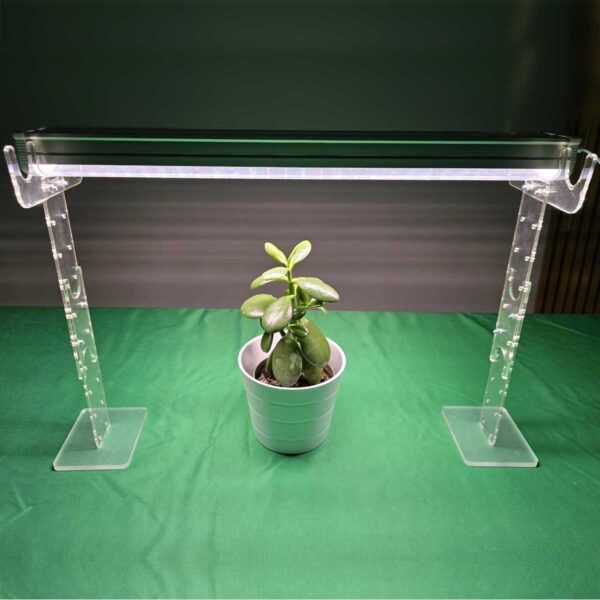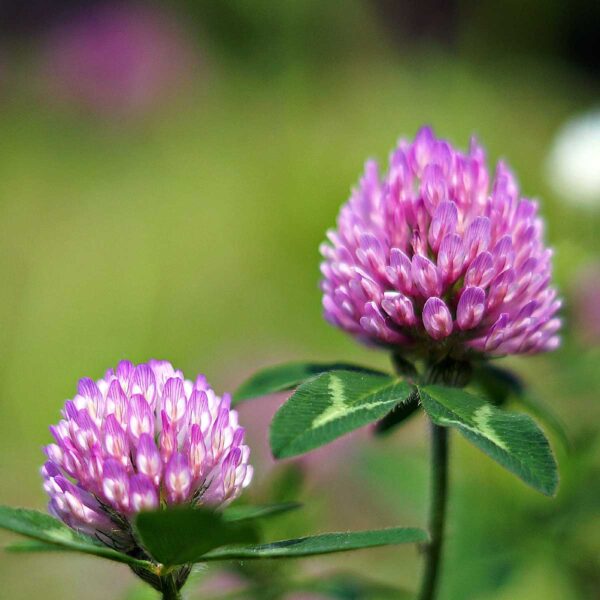
Grow your own microgreen
Grow your own nutrients and fulfil your daily vitamin needs with an organic approach
Grow your own microgreen
Grow your own nutrients and fulfil your daily vitamin needs with an organic approach
Popular categories
Informative and top-class service
I was greeted by a very informative and knowledgeable employee who helped me purchase the right plant light.
Great service
Called them and got a good explanation on how to do it. With glass and then trays. And a quick delivery. Great service.
Fast delivery and a great price
Fast delivery and a great price compared to other websites.
Informative and top-class service
I was greeted by a very informative and knowledgeable employee who helped me purchase the right plant light.
- Gitte Nørmark Pedersen
Great service
Called them and got a good explanation on how to do it. With glass and then trays. And a quick delivery. Great service.
- Kenneth, Children and Environment Gentofte municipality
Fast delivery and a great price
Fast delivery and a great price compared to other websites.
- Kasper Greve
Informative and top-class service
I was greeted by a very informative and knowledgeable employee who helped me purchase the right plant light.
- Gitte Nørmark Pedersen
Fast delivery and a great price
Fast delivery and a great price compared to other websites.
- Kasper Greve
Great guidance
I am a total beginner in indoor growing. I got really good guidance over the phone, which has probably saved me from making expensive mistakes.
- Ove VP
News & Events
-
- Sale!
Grow light pendant with cord 24Watt
-
DKK 1.360,00Original price was: DKK 1.360,00.DKK 997,00Current price is: DKK 997,00. - Add to basket
Item no.: 26104 -
Grolys lamp 150Watt LED waterproof 15,000Lm
- DKK 999,00
- Add to basket
Item no.: 26102 -
- Sale!
SunLight T20 Pro-Gro 50Watt Full spectrum Grolys
-
DKK 597,00Original price was: DKK 597,00.DKK 499,00Current price is: DKK 499,00. - Add to basket
Item no.: 26103 -
Organic Red Clover microgreen seeds
- DKK 69,00 – DKK 890,00
- Select options This product has multiple variants. The options may be chosen on the product page
Item no.: 28351
For more information, guides and tests, check out our BLOG
Plant lights
Are you a fan of fresh tomatoes, green salad, fresh herbs, delicious peppers and more, just like us? Then you'll find everything you need with us. Plant lights.dk delivers to both private and business customers all over Denmark, the Faroe Islands, Iceland and Greenland etc.
With the right LED grow lights and accessories, you don't have to limit growing your favourite vegetables, salads and herbs to the summer months. Grow lights can help plants germinate and grow all year round, so you'll always have delicious vegetables straight from your own indoor 'garden'.
Need help?
Visit our showroom in Albertslund, where our professional lighting experts can guide you with the best solution for your plant project, and you can get the desired grow light lamp directly from our warehouse - no waiting time. We sell to both private and business customers.
At Plantelys we specialise in LED grow lights for plant growth and we strive to create grow lights of the highest quality.
Our vision is that everyone should be able to replace their current light sources, bulbs, luminaires and lamps with more sustainable, energy-saving and environmentally friendly LED products without having to compromise on light quality.
Plantelys products are Danish products that give you Danish quality. All products are designed in Denmark with in-house developed optics, drivers and cooling. The quality of our LED products is therefore higher than anywhere else on the market. Plantelys.dk has more than 100,000 light sources and luminaires in stock. Plantelys 750 m2 warehouse is centrally located in Albertslund, which is also where we handle daily orders, pack them and usually ship from day to day in sustainable packaging.
What can we offer you?
Whether you're a beginner or an experienced plant grower, having the right lighting is crucial. At Plantelys, we sell a wide range of grow lights and LED lights that can optimise your indoor plant growth. Our mission is to help you make the right choices so your plants thrive.
Grolys: year-round growth
When it comes to indoor plant growth, the first step is choosing the right grow light. Grow light is essential for photosynthesis and the general health of the plant. We offer a wide selection of grow lights that suit different plant types and growth stages. Our experts can help you find the optimal grow light that meets your needs.
Microgreens and sprouts for your needs
Microgreens and sprouts are small but packed with flavour and nutrients. These little green powerhouses can easily be grown at home on your windowsill or in the garden, adding a healthy and colourful dimension to your meals.
Indoor Plant Growth in Your Home
Looking to nurture plants indoors? With technological advances like hydroponic farming, vertical farming, aeroponics farming and autopot self-irrigation systems, it's now easier than ever to create your own indoor vegetable garden.
Greenhouse & Garden: Expand Your Growing Horizons
At Plantelys we also offer seed trays, planters and greenhouse equipment:
Seed trays are ideal for starting seeds indoors or in the greenhouse. They provide a controlled and protected environment where seeds can germinate and grow before being planted outdoors. Seed trays are available in different sizes and materials to suit your specific needs.
Planter boxes are a great way to organise your plants. They can be used to divide your garden into sections or to raise plants above the ground, which can be beneficial for drainage and air circulation. Planter boxes come in a variety of designs and materials so you can create a stylish and functional garden centrepiece.
Greenhouse equipment includes everything from automatic irrigation and heating systems to hygrometers and thermometers. This equipment helps maintain optimal growing conditions for your plants in the greenhouse, regardless of the weather conditions outside.
Fertiliser, Soil & Seed: Complete Plant Care
We also offer a wide range of fertilisers, soil and seeds to help you get the most out of your garden or indoor plant setup.
Our range of fertilisers is carefully selected to ensure your plants get the nutrition they need. We have both organic and mineral fertilisers to suit different plant types and growth stages, so you can achieve healthy growth and lush results.
Articles on everything you need to know
In our blog you will find knowledge on everything from plant care and growing tips to the latest trends in gardening and indoor plants. We regularly share articles, guides and inspiration to help you make the most of your passion for plants.
Our team of experienced lighting and plant enthusiasts are always ready to answer your questions and give you personalised advice if the articles don't cover a topic adequately. We understand that every plant is unique and that maintaining optimal care can be challenging. That's why we offer top-notch solutions and guidance to ensure your plants thrive and flourish.
Whether you want to learn more about how to care for specific plants or you're just looking for some tips to make your garden or indoor garden more beautiful, Plantelys.dk is your source for everything about light and plants. We're here to support you on your green journey.
EASY AND SECURE PAYMENT
Card payment, MobilePay & ViaBill
SHOWROOM
Visit us in Albertslund
CONSULTING
Professional help for your plants
Tel 43 474 272




























